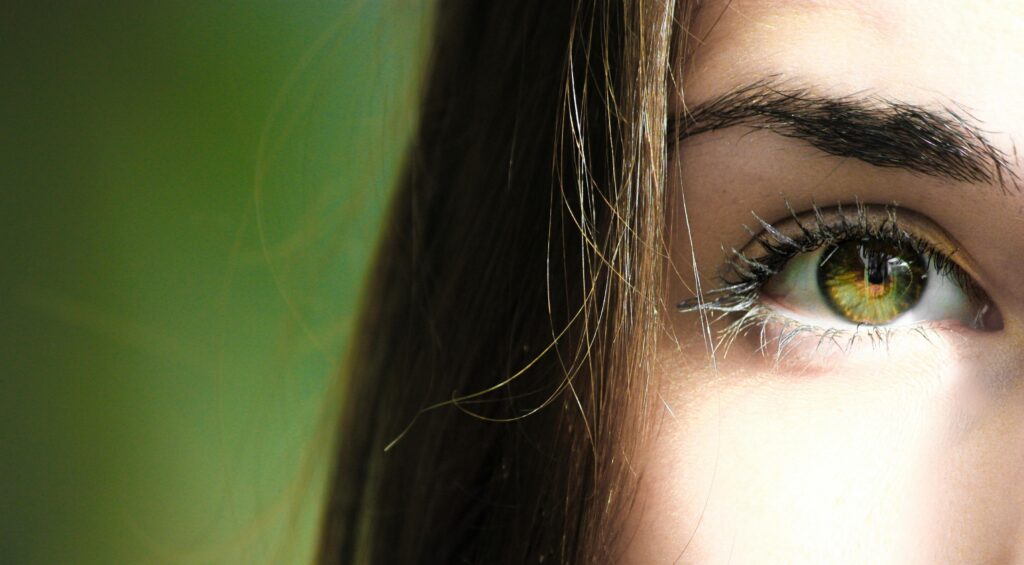Dry eyes are a common condition that can significantly impact your daily life. Dry eye disease refers to a group of disorders that involve reduced tear production or excessive tear evaporation. While it affects up to 30% of people over the age of 50, age isn’t the only factor at play. In our modern world, increased screen time is a major contributor. People now spend an average of 7 to 10 hours a day on their phones and computers, leading to more frequent cases of dry eyes. This extended screen exposure can worsen symptoms, making dry eye disease a growing concern for all age groups.
Symptoms of Dry Eyes
Dry eyes occur when your eyes don’t produce enough tears or the right type of tears. Common symptoms include:
- Stinging or burning sensation. A feeling of irritation or a burning sensation in the eyes.
- Redness. Noticeable redness in the eyes.
- Sensitivity to light. Increased sensitivity to light, making it uncomfortable to be in bright environments.
- Blurred vision. Occasional blurred vision, often worsening towards the end of the day.
- Foreign body sensation. Feeling like there is something in your eye, even when there isn’t.
- Watery eyes. Paradoxically, dry eyes can cause an overproduction of tears as a reflex response to irritation.
How to Take Care of Dry Eyes
Taking proper care of your eyes can reduce the discomfort of dry eyes and prevent the condition from worsening. Here are some steps you can follow:
- Use a humidifier. Increase the moisture in the air at home or work to prevent your eyes from drying out.
- Take breaks from screens. Follow the 20-20-20 rule. Every 20 minutes, look at something 20 feet away for at least 20 seconds.
- Wear protective eyewear. Use sunglasses that wrap around to protect your eyes from wind and dry air.
- Stay hydrated. Drink plenty of water throughout the day to stay hydrated, which helps maintain moisture in your eyes.
- Avoid smoke and allergens. Stay away from smoke and other irritants that can worsen dry eyes.
Should I Use Eye Drops?
Eye drops can be very effective in managing dry eyes, but it’s important to use them correctly.
- Types of eye drops. There are several types of eye drops available, including artificial tears, gels, and ointments. Artificial tears are typically used for mild cases, while gels and ointments are used for more severe dryness. In addition to artificial tears, there are also hyaluronic acid eye drops and ointments, which provide long-lasting relief for dry eyes.
- Frequency of use. For mild dryness, use artificial tears as needed, typically 2-4 times a day. For more severe dryness, your doctor may recommend using them more frequently. Always follow the guidance of your healthcare provider.
- Preservative-free options. If you need to use eye drops more than four times a day, consider preservative-free options to reduce the risk of irritation.

Conclusion
Managing dry eyes involves a combination of lifestyle changes, proper hydration, and the appropriate use of eye drops. By following these steps, you can significantly reduce the discomfort associated with dry eyes. For personalised advice and the best products for your needs, visit us at Twenty Script Pharmacy. We are here to help you maintain healthy and comfortable eyes.

